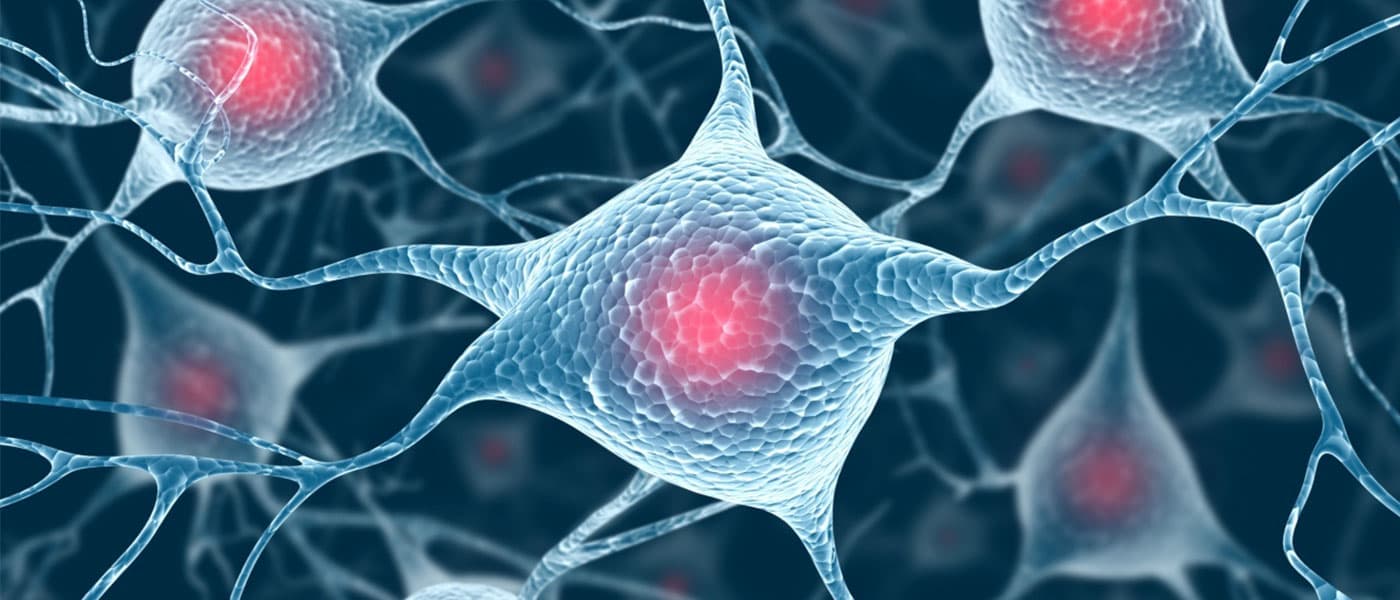Corticospinal Cord and Movement
Depending on the level of injury, damage sustained in the spinal cord could lead to paralysis, and even if such dramatic damage is avoided, regardless of the level of injury, the effects are often irreversible.
Mark Tuszynski, a MD, PhD professor at the University of California San Diego School of Medicine, notes the importance of the corticospinal tract, and how difficult it has been to find a way to undo damages to it: "The corticospinal projection is the most important motor system in humans," he said.
"It has not been successfully regenerated before. Many have tried, many have failed—including us, in previous efforts."
joined forces with researchers from the Veterans Affairs San Diego Healthcare System and colleagues in Japan and Wisconsin, and together, they were able to produce neurons from stem cells that successfully regenerated damaged tissues in the corticospinal tracts of rats, allowing their limbs to regain function.
Neuron Grafts
“In murine models of SCI (spinal cord injury), we report robust corticospinal axon regeneration, functional synapse formation and improved skilled forelimb function after grafting multipotent neural progenitor cells into sites of SCI,” the paper says.
Previous beliefs state that corticospinal neurons were not capable of regeneration. This study discredits that: "The new thing here was that we used neural stem cells for the first time to determine whether they, unlike any other cell type tested, would support regeneration. And to our surprise, they did," Tuszynski said.
While this is a very promising development that gives new hope for spinal cord and motor function restoration, Tuszynski says the work is far from done.
"There is more work to do prior to moving to humans," Tuszynski said. “We must establish long-term safety and long-term functional benefit in animals. We must devise methods for transferring this technology to humans in larger animal models. And we must identify the best type of human neural stem cell to bring to the clinic."
So although worldwide treatments may be a long ways off, the future is looking rather bright.
Share This Article
